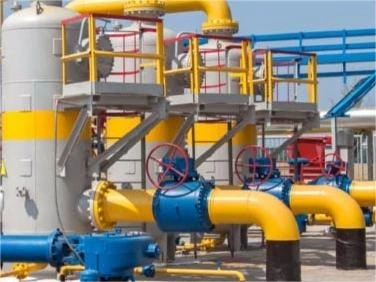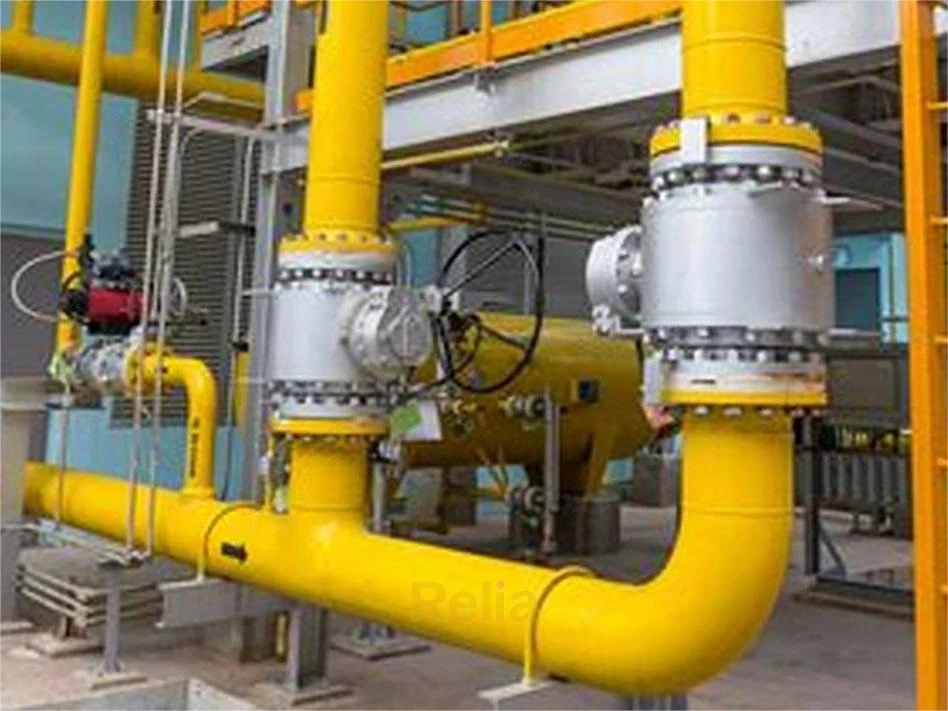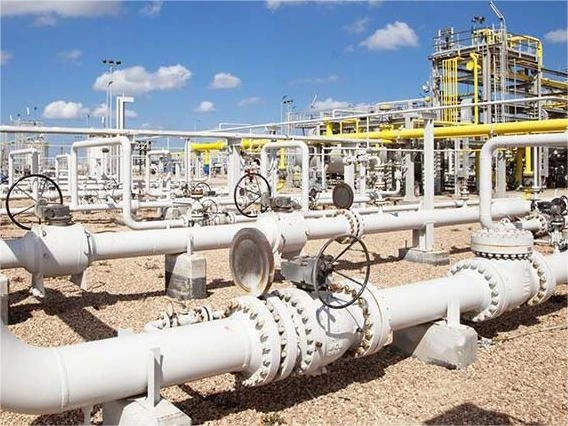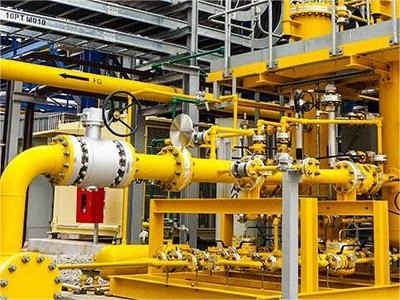Valve Types
Valve types can be dived into stop valves, vertiacl slide valves, rotary valves, flexible body, check valve and pressure relief valves.
Each valve group represents a number of distinct types of valves that use the same method of flow regulation, but differ in the shape of the closure mber. For example, plug valves and butterfly valves are both rotary valves, but of a different type. In addition, each valve is made in numer- ous variations to satisfy particular service needs. Figure 3-1 illustrates the principal methods of flow regulation and names the types of valves, which belong to a particular valve group.
Manual Valves
Manual valves maybe grouped according to the way the closure mber moves onto the seat. Four groups of valves are thereby distinguishable:
• Stopper type closure—globe valve, needle valve
• Vertical slide—gate valve
• Rotary type—ball, plug, butterfly
• Flexible body—diaphragm
Manual valves are divided into four groups according to the way the closure member moves onto the seat. Each valve group consists of a number of distinct types of valves that, in turn, are made in numerous variations.
Each valve group represents a number of distinct types of valves that use the same method of flow regulation, but differ in the shape of the closure mber. For example, plug valves and butterfly valves are both rotary valves, but of a different type. In addition, each valve is made in numer- ous variations to satisfy particular service needs. Figure 3-1 illustrates the principal methods of flow regulation and names the types of valves, which belong to a particular valve group.
The way the closure member moves onto the seat gives a particular group or type of valve a typical ?ow control characteristic. This ?ow- control characteristic has been used to establish a preliminary chart for the selection of valves. The ?nal valve selection may be made from the description of the various types of valves and their variations that follow that chart.
Function of Manual Valves
A manual valve is considered to be a valve that is operated by plant personnel directly, by the use of either a handwheel/wrench or an on/off actuator in the case of shutdown valves. Certain automated valves with actuators are also supplied with handwheels to allow manual operation in the event of power failure.
Manual valves serve three major functions in fluid-handling systs: stopping and starting flow, controlling flow rate, and diverting flow. Valves for stopping and starting flow are frequently ployed also for controlling flow rate, and vice versa, while valves for diverting flow are designed for that single purpose.
Note: For literature on control valves, refer to footnote on page 5 of this book.
Check Valves
• Lift check
• Swing check (single and double plate)
• Diaphragm
The many types of check valves are also divided into four groups according to the way the closure member moves onto the seat.
The basic duty of these valves is to prevent back flow. However, the valves should also close fast enough to prevent the formation of a significant reverse flow velocity, which on sudden shut-off, may introduce an undesirably high surge pressure and/or cause heavy slamming of the closure member against the seat. In addition, the closure member should remainstable in the open valve position.
Chapter 4, on check valves, describes the design and operating characteristics of these valves and discusses the criteria upon which check valves should be selected.
Pressure Relief Valves
• Direct-loaded pressure relief valves
• Piloted pressure relief valves
Pressure relief valves are divided into two major groups: direct-acting pressure relief valves that are actuated directly by the pressure of the system fluid, and pilot-operated pressure relief valves in which a pilot controls the opening and closing of the main valve in response to the system pressure.
Direct-acting pressure may be provided with an auxiliary actuator that assists valve lift on valve opening and/or introduces a supplementary clos- ing force on valve reseating. Lift assistance is intended to prevent valve chatter while supplementary valve loading is intended to reduce valvesim- mer. The auxiliary actuator is actuated by a foreign power source. Should the foreign power source fail, the valve will operate as a direct-acting pressure relief valve.
Pilot-operated pressure relief valves may be provided with a pilot that controls the opening and closing of the main valve directly by means of an internal mechanism. In an alternative type of pilot-operated pressure relief valve, the pilot controls the opening or closing of the main valve indirectly by means of the ?uid being discharged from the pilot.
A third type of pressure relief valve is the powered pressure relief valve in which the pilot is operated by a foreign power source. This type of pressure relief valve is restricted to applications only that are required by code.



